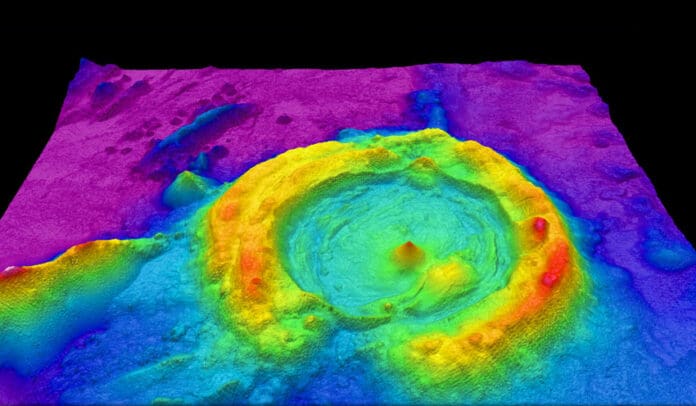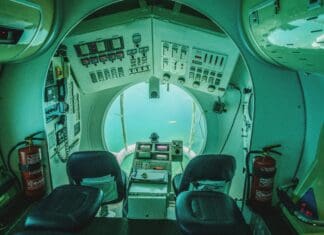This post is also available in:
 עברית (Hebrew)
עברית (Hebrew)
In disaster response scenarios, emergency services often face the challenge of assessing dangerous environments without putting themselves at risk. To address this, the Fraunhofer Institute for Communication, Information Processing, and Ergonomics FKIE is developing a cutting-edge solution: a mobile robot equipped with a LiDAR system for precise 3D mapping of hazardous areas.
The robot utilizes Light Detection and Ranging (LiDAR) technology, which emits laser pulses to measure distances, enabling the creation of accurate 3D maps. Unlike traditional camera-based robots, which can only capture visual images, this LiDAR system captures precise measurements down to just a few centimeters, delivering highly accurate geometric data. According to TechXplore, the LiDAR system is mounted on a turntable, and with the help of a rotating mirror, it scans the environment in 16 vertical sections 10 times per second, creating a 360-degree view of the area.
Generating 1.3 million laser pulses per second, the system measures the time taken for the pulse to bounce back, calculating the distance to surrounding objects. As the robot moves through the environment, it generates a 3D point cloud, which provides a detailed representation of buildings, terrain, and objects. The robot also includes up to six cameras to color-code the shapes and objects in the scanned environment.
The data collected by the robot is pre-processed onboard and later visualized during post-processing. While the full mapping of an area of 400×400 meters takes approximately three hours, the system can provide an initial overview within one hour, which is crucial in time-sensitive situations. The LiDAR robot can even operate autonomously in the absence of radio signals, and the use of multiple robots can accelerate the mapping process in large-scale scenarios.
This 3D mapping system holds significant potential beyond emergency response. According to TechXplore, the German Bundeswehr (military) has commissioned the research, so it can be used for situational awareness in unfamiliar or dangerous terrain. In addition, the system is capable of integrating data from sensors that detect hazardous substances, such as toxic gases or radiation, which are visualized on the 3D maps.
An innovative feature of this system is its ability to create a virtual GPS inside buildings, where GPS signals are unavailable. By combining exterior mapping data with internal positional information, the robot can navigate autonomously inside structures, improving its effectiveness during building explorations.
The Fraunhofer FKIE team has designed the system with versatility in mind. The LiDAR module can be mounted on various vehicles, including wheeled, tracked, or even aerial drone platforms, making it adaptable to different terrains and scenarios. This project showcases the growing potential of robotics in enhancing safety and operational efficiency in hazardous environments.


























